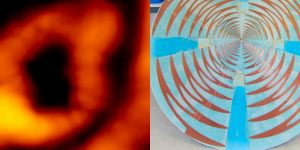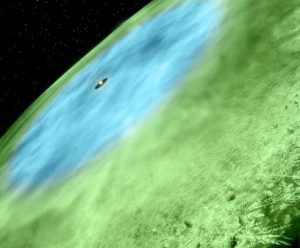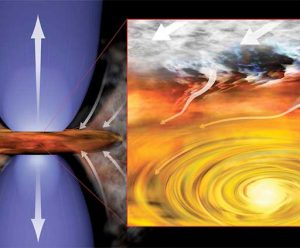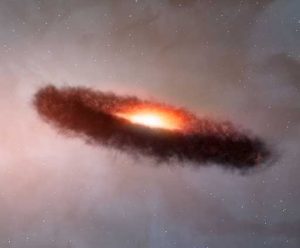NRAO Media Tip Sheet September 2015: Science, engineering, and technology milestones.
Snow Falling Around Infant Solar System
The sight of a snowfall can thrill children, but the first-ever snow line seen around a distant star gives astronomers an even greater thrill because of what it reveals about the formation of planets and our Solar System’s history.
Icy Cosmic Start for Amino Acids and DNA
Using new technology at the telescope and in laboratories, researchers have discovered an important pair of prebiotic molecules in interstellar space.
ALMA Sees Star and Planets Grow Together
Astronomers have used the ALMA telescope to get their first glimpse of a fascinating stage of star formation in which planets forming around a young star are helping the star itself continue to grow, resolving a longstanding mystery.
Astronomers Discover and Weigh Infant Solar System
Astronomers have found the youngest still-forming solar system yet seen, an infant star surrounded by a swirling disk of dust and gas more than 450 light-years from Earth in the constellation Taurus.
Brown Dwarfs May Grow Rocky Planets
Astronomers using the Atacama Large Millimeter/submillimeter Array have for the first time found that the outer region of a dusty disk encircling a brown dwarf contains millimeter-sized solid grains like those found in denser disks around newborn stars.











